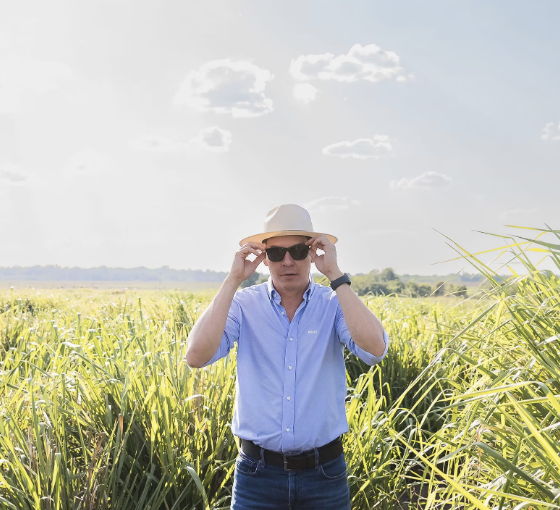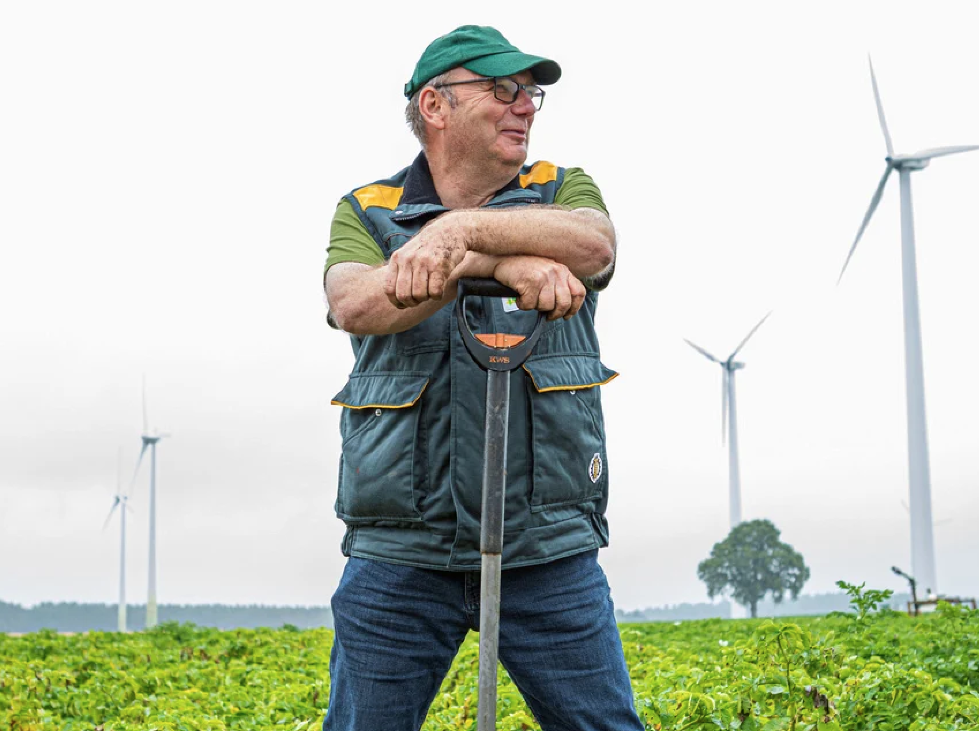How regenerative agriculture is helping a farmer in China rebuild the soil, increase yield and optimize costs.
Discover our Farmers’ Perspectives
Farmers on every continent are adopting regenerative agriculture to combat drought, heat, soil erosion and other effects of climate change. One size does not fit all, as every farm has unique topography, conditions and mix of crops. But regenerative agriculture is adaptable and sustainable. We asked growers from various countries and farm types how regenerative agriculture works for them.
To combat dry soil, increase yield and optimize costs, Li Xinhua, a farmer in China’s Hebei province, uses the key regenerative practices of no-till and covering the land all year round with straw stalks. The Negro family, grape growers in one of Italy’s historic wine-making regions, use similar practices but plant cover crops between their vines, instead of straw.
In tropical central Brazil, Lucival Portilho has to overcome high soil temperatures, and he plants cover crops to cool the earth. He combines regenerative practices with precision agriculture, as does Jack Shissler in the U.S. Corn Belt. Jack’s yields reached 70% higher than the U.S. average for corn crops.
Another major regenerative practice is crop rotation, which is helping agronomist César Belloso’s deal with severe drought in Argentina’s Pampas region. Crop rotation, no-till and cover crops are also part of a suite of regenerative practices helping grain farmers in Kenya.
Read on to discover more about our farmers’ perspectives.






